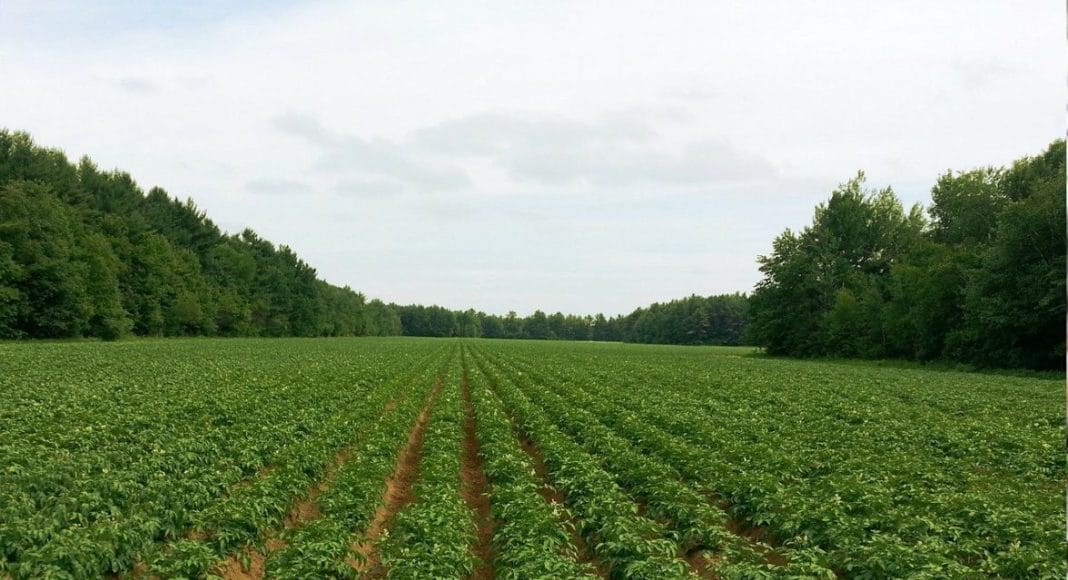Researchers at the University of Idaho have received US$6.8 million from a United States Department of Agriculture (USDA) award to develop new diagnostic tools, management practices and resources for controlling nematodes in potato fields, a Dec. 21 website post said.
The four-year project is being funded through the USDA National Institute of Food and Agriculture’s Specialty Crop Research Initiative. Goals for the project include developing support models to guide growers’ management decisions, identifying molecular assays to differentiate nematode pathotypes, developing resistant potato varieties and creating a “smart chemical” for nematode-specific control, the post said.
The posted noted that nematodes are tiny roundworms with unsegmented bodies. Most nematodes are beneficial to soil, but plant-parasitic nematodes attack plant roots and may kill entire plants.
The researchers plan to target two species of potato cyst nematodes — the pale cyst nematode, which is known in the U.S. to exist only in a small area of eastern Idaho, and the golden nematode, found in New York. Potato cyst nematodes, which produce cysts harboring eggs that can remain viable for decades in the absence of a host, are especially concerning to the industry and keeping them from spreading is vital for trade. The team will also evaluate other nematodes important to the industry such as the Columbia and northern root-knot nematodes, the release said.
To date there has been little research on nematode population thresholds that warrant fumigation. The release noted that having the ability to identify nematodes by pathotype or race would allow potato farmers to select appropriate resistant varieties to plant.
The researchers want to be able to identify a gene responsible for nematode resistance within litchi tomato, which is a plant in the nightshade family known to stimulate nematode cysts to hatch in the absence of a viable host, the release said. Potato breeders would then introduce the trait into popular potato varieties using biotechnology. Conventional breeding efforts to develop resistant varieties are also underway.
As part of the project researchers will evaluate how crop rotations involving resistant potato varieties affect nematode populations. They will use infested commercial fields in New York, the release said.
The project is being backed by more than 70 letters of support from packers, processors, farmers, regulators, and large agricultural businesses.
Related Articles
Managing Nematodes and Disease Through Good Tools and Management
University of Idaho Breeding Nematode-Resistant Spuds
Exterminating Verticillium wilt from Potato Fields with Mustard Biofumigation











